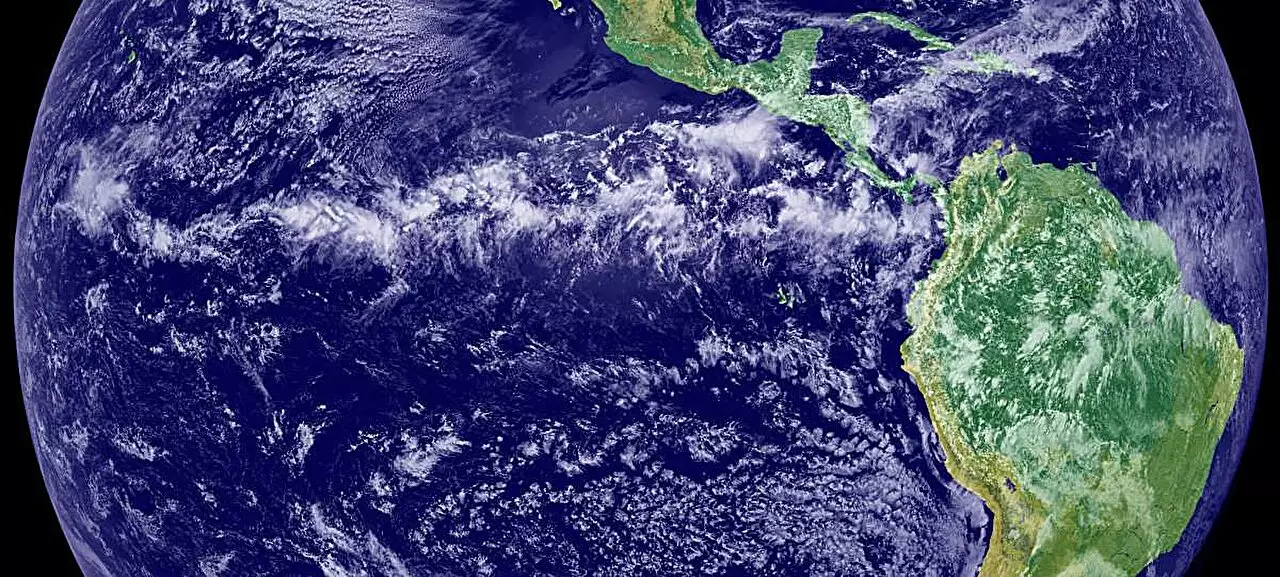The summer of 2024 has etched its mark in history as the hottest on record, a grim acknowledgment of ongoing climatic shifts. This increase in temperature, while alarming, has not taken climate scientists by surprise; it is a continuation of trends observed over recent decades. Across the globe, particularly in the Northern Hemisphere, patterns of heat and aridity have intensified, triggering debilitating droughts and heat waves that impact ecosystems, agriculture, and human health. The profound changes in weather and climate patterns have sparked a growing concern, as these phenomena not only threaten agricultural output but also raise alarms about public health crises stemming from extreme temperatures.
The weakening of the Earth’s air circulation systems is at the heart of these challenges. These systems, vital for distributing heat and moisture globally, have been observed to lose their effectiveness, leading to disastrous weather conditions. Understanding the repercussions of this weakness is crucial, as climate change continues to amplify these effects. Despite numerous studies, pinpointing the exact drivers behind this trend had remained elusive until now.
Recent studies led by Dr. Rei Chemke of the Weizmann Institute of Science have illuminated the pivotal role of human activity in diminishing these air circulation systems. Focusing on wind formations that connect global climates, these studies reveal that the weakening storm tracks—comprising critical high- and low-pressure systems—are significantly influenced by anthropogenic emissions, particularly greenhouse gases like CO2 and aerosols. The findings underscore that historically, both storm tracks and Hadley circulation have weakened since at least the 1980s. However, while the Hadley circulation’s decline had been linked to human-related emissions, the newly released research confirms the equal culpability of storm tracks.
Analyses showed that emissions disproportionately warm the atmosphere at higher latitudes compared to the tropics, thus lessening the temperature gradient necessary to sustain strong storm systems. Researchers utilized extensive climate data, both observational and simulated, to trace this correlation. Only by incorporating historical emissions into their models did they find that storm patterns were indeed diminishing in strength, leading to a worrying trend of heat retention on land due to diminished cooling winds. These insights were shared in the journal npj Climate and Atmospheric Science, where Dr. Chemke emphasized the crucial role these storms play in mitigating summer’s heat impact.
On a broader scale, the study also explored how human emissions are disrupting the Hadley circulation—a major atmospheric system where warm air rises at the equator and flows towards the poles before descending. Past centuries have demonstrated that this system was naturally reinforced by a cooling climate, primarily impacted by volcanic eruptions and varying solar energy. However, the current changes are starkly different; human-induced warming is leading to an unprecedented weakening of this flow.
The results point to an ongoing reversal of natural phenomena by human activities. Offering further insights, the second study—published in Nature Communications—showed how natural climate drivers historically reinforced the Hadley circulation. In stark contrast, today’s emissions create a scenario where manmade influences exacerbate atmospheric instability. This significant shift demands urgent attention, as presented by Chemke and his team, which underscores the need for climate scientists to account for both anthropogenic and natural factors in their models.
The new findings underscore a critical gap in contemporary climate science: the need for a more holistic approach that integrates both human activities and natural influences on weather systems. Researchers have typically concentrated on anthropogenic emissions, oftentimes treating natural processes as secondary variables. However, recognizing the substantial impacts that volcanic eruptions, solar cycles, and other natural phenomena have on the climate could improve predictive capabilities and lead to more effective mitigation strategies.
As Chemke pointed out, it is imperative for the scientific community to reevaluate the influence of these natural factors amid growing concerns about human activity’s dominance. While the latter undeniably plays a more significant role in the recent climatic trends, understanding the interplay between the two can provide deeper insights into future climate scenarios. With the scientific community striving to project future climate trends accurately, the integration of these natural drivers is undeniably essential.
Venturing deep into the relationship between human activity and atmospheric dynamics is pivotal for both understanding and combating climate change. While the immediate implications of the current climate crisis are dire, this newfound clarity presents an opportunity for policy-makers and scientists alike to foster interventions that address both anthropogenic emissions and natural climate variability. The clock is ticking, but a comprehensive approach may pave the way to a more sustainable future.

